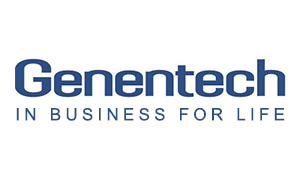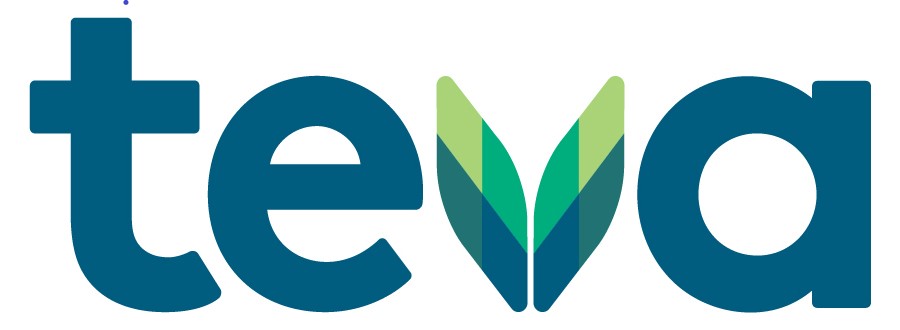Preparing your office for a temporary closure can be somewhat painless if you’re ready. Being prepared can be as simple as following a checklist. Done correctly, your patients, staff, and vendors will be well aware of your closure, and you can avoid disgruntled patients and employees upon your return.
Here are tips and checklist ideas for getting you and your team through temporary closures as seamless as possible
Communicate with staff.
It’s essential to stay in constant contact with your team and ensure they know what’s happening and how your practice can continue to serve your patients. Here are some examples of ways to communicate with your staff:
- Conference calls utilizing technology like Zoom or Google hangouts.
- Emails with significant information.
- An internal website landing page with relevant information.
- Internal messaging systems such as Skype or Slack
It’s important to remain fluid as situations can change rapidly during a temporary closure. Ensure that your team members understand that you may not have all the answers, but you can work together to find them. It’s vital to project calm and steady leadership and to reassure your team that everyone is working hard to figure out the best way to move forward. Your staff may have questions about wages, sick leave, vacation time, and expanded family leave and disability benefits so be prepared to answer.
Communicate with your patients.
It’s imperative to call your scheduled patients to let them know about any changes and closures. This is an excellent opportunity to showcase your team’s professionalism and compassion.
Find effective ways to stay in contact with your patients, whether it’s through emails, social media, text messages, websites, or messages on your voicemail system. Some ideas on how to handle these modes of communications include:
- Phone/voicemail- People will be calling you to see if you’re open. If possible, have a team member answer the phone during regular business hours. This will give your employees the chance to provide the best customer service. If you don’t have anyone to answers phone calls, ensure your voicemail message is detailed and informative. Describe how current patients can schedule an appointment for emergency care and to set the expectations for call-backs.
- Website- Update your welcome message on your website to include reassuring and informative phrasing.
- Signage- Add a sign to the front door with closure information, emergency hours, and any other relevant information. If you are still seeing emergency patients, ask them to text or call when they arrive for their appointment.
- Social media- Use different social media platforms to display valuable information, but it can also be a more relaxed form of communication. Let your patient base know that while you are temporarily closed, you are still there for them in other ways.
- Email– It’s crucial to talk to your team to determine the best way to communicate with patients. On the one hand, you’re calling the people who will be impacted to personally let them know their appointments are being moved. On the other hand, it’s nice to let patients know how they can reach you should they have an emergency. During unprecedented times, there is no such thing as too much communication.
Establish emergency care protocol.
Chances are you already have a protocol in place for providing emergency care. If not, it’s time to implement one. Your patients may have a different idea of what constitutes an emergency then you, so it’s important you and your team explore all potential situations.
Take the time to create a list of circumstances with your team and decide how you want to handle each one. You may want to look at your appointments for the past month and see how many were for urgent care. That could help you determine how frequently you should plan to be open to help your patients receive the care they need.
Here are some things to consider:
- How can emergency patients communicate their need for an appointment?
- Who is needed to help treat the patient?
- Who will respond to the patient?
- Do you want to plan to be open for a few hours a few times a week, or open on a situational basis?
- Do you need to establish new health protocols such as checking the temperature of patients and team members?
[Are you prepared for potential natural disasters? Click here for more information!]
Remember that our current situation is a unique one. Everyone is trying to navigate these unmatched times and best as they can. Guide your team and patients as best as you can; together, we will get through this!
Posted by


















